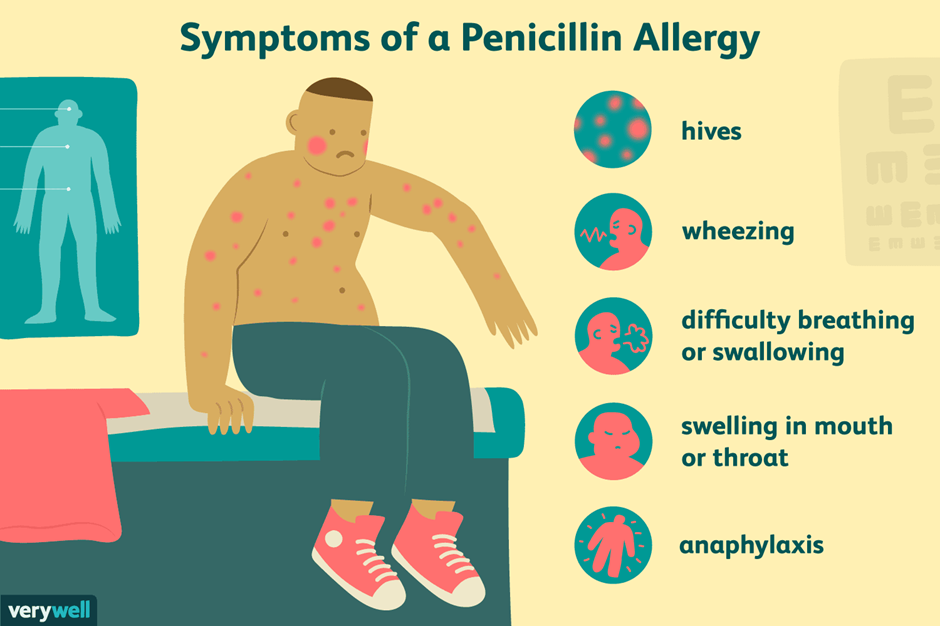A charge nurse is teaching a newly licensed nurse about administering heparin to a client. Which of the following statements by the newly licensed nurse indicates an understanding of the teaching?
"I will check the client's INR before administering the heparin."
"I will aspirate before administering the heparin."
"I will massage the site after the injecting the heparin."
"I will apply pressure for 1 minute after the injection."
The Correct Answer is D
Choice A Reason:
. "I will check the client's INR before administering the heparin." Is incorrect. Checking the client's INR (International Normalized Ratio) is essential, but it's more applicable for monitoring anticoagulants like warfarin, not heparin. Heparin's effect is typically monitored via activated partial thromboplastin time (aPTT) or anti-Xa levels, not INR.
Choice B Reason:
"I will aspirate before administering the heparin." Is incorrect. Aspirating before administering heparin injections is not necessary because the medication is given subcutaneously or intravenously and not into a blood vessel.
Choice C Reason:
"I will massage the site after injecting the heparin." Is incorrect. Massaging the site after injecting heparin could increase the risk of bruising or hematoma formation at the injection site. It's generally advised to avoid massaging the area after a heparin injection to prevent tissue trauma.
Choice D Reason:
"I will apply pressure for 1 minute after the injection." Is correct. Applying pressure to the injection site for about a minute after administering heparin helps minimize the risk of bleeding or hematoma formation, especially with subcutaneous injections. This practice aids in reducing bleeding at the injection site.
Nursing Test Bank
Naxlex Comprehensive Predictor Exams
Related Questions
Correct Answer is A
Explanation
Choice A Reason:
Apply the patch to a hairless area of the skin is correct. Nitroglycerin patches should be applied to a clean, hairless area of the skin to ensure proper absorption of the medication. Hair can interfere with the patch's adherence and the absorption of nitroglycerin into the bloodstream. The site chosen should be rotated to prevent skin irritation or tolerance development. Commonly used areas include the chest, upper arms, or torso, but it's important to follow specific instructions provided by the healthcare provider.
Choice B Reason:
Apply a 4x4 dressing over the patch is incorrect. Covering the nitroglycerin patch with a dressing may interfere with its absorption and effectiveness. These patches are designed to be applied directly to the skin without covering.
Choice C Reason:
Apply the patch to the same site every 24 hr is incorrect. Repeatedly applying the patch to the same site increases the risk of skin irritation or tolerance to the medication. It's crucial to rotate patch sites to avoid these issues.
Choice D Reason:
Apply the patch to a bony prominence on the chest is incorrect. Nitroglycerin patches should not be placed on bony prominences because these areas can be uncomfortable and may not provide optimal absorption. Instead, they are typically applied to relatively flat, hairless areas of the skin.
Correct Answer is C
Explanation
Choice A Reason:
Nausea is incorrect. Nausea is a common side effect of many medications, including antibiotics like amoxicillin. While it can be a side effect of an allergic reaction, it's also a general symptom that can occur due to various reasons, such as gastrointestinal upset or the direct effects of the antibiotic on the stomach lining. Nausea alone is less specific for indicating an allergic reaction compared to severe symptoms like laryngeal edema.
Choice B Reason:
Insomnia is incorrect. Insomnia, or difficulty sleeping, is not a typical manifestation of an allergic reaction to amoxicillin. Allergic reactions usually involve more immediate and visible symptoms such as skin rash, itching, swelling, difficulty breathing, or in severe cases, anaphylaxis. Insomnia is not a common symptom associated with allergic responses to antibiotics.
Choice C Reason:
Laryngeal edema is correct. Laryngeal edema, or swelling of the larynx, is a serious symptom of an allergic reaction known as anaphylaxis. This severe allergic reaction can be life-threatening due to its potential to obstruct the airway, leading to breathing difficulties.
Choice D Reason:
Cardiac dysrhythmia is incorrect. While medications can sometimes affect heart rhythms, cardiac dysrhythmia is not a common symptom of an allergic reaction to amoxicillin. Allergic reactions tend to manifest with more immediate symptoms like skin reactions, respiratory issues, or swelling rather than primarily affecting the heart rhythm.

Whether you are a student looking to ace your exams or a practicing nurse seeking to enhance your expertise , our nursing education contents will empower you with the confidence and competence to make a difference in the lives of patients and become a respected leader in the healthcare field.
Visit Naxlex, invest in your future and unlock endless possibilities with our unparalleled nursing education contents today
Report Wrong Answer on the Current Question
Do you disagree with the answer? If yes, what is your expected answer? Explain.
Kindly be descriptive with the issue you are facing.
